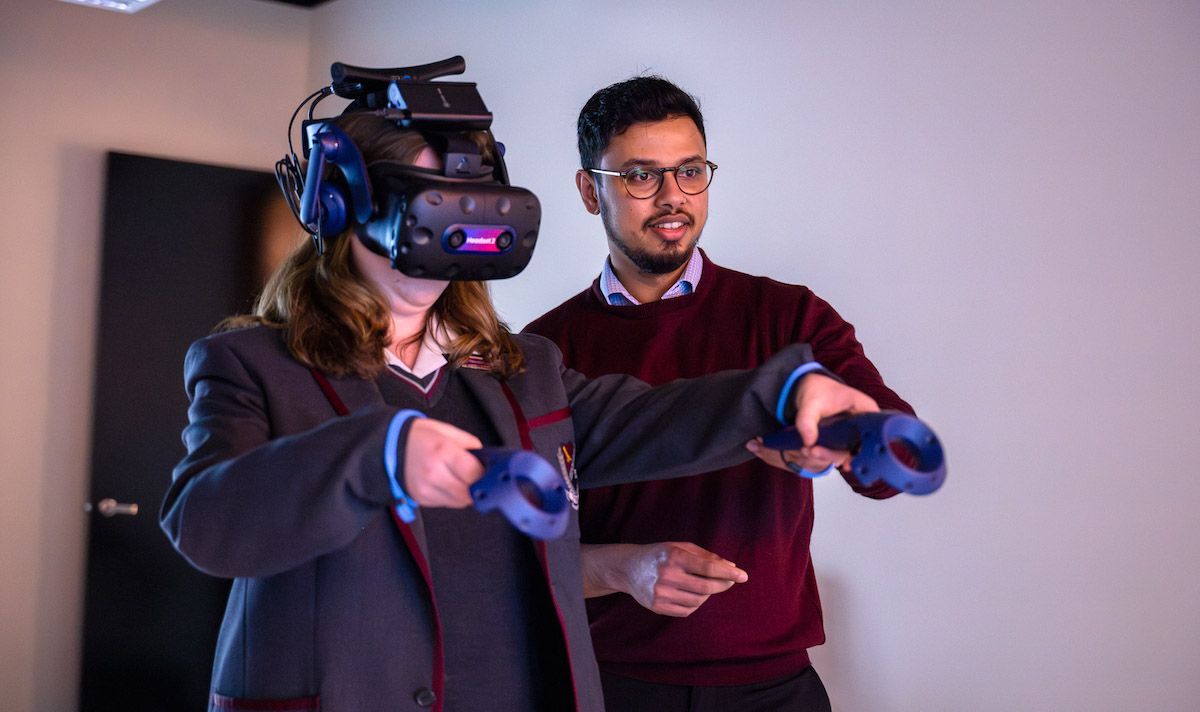Author: Dr Marissa Bond
Date: 15th Apr 2021
Design thinking is a mindset and process for designing real solutions for real people.
It asks us to sit with the problem – rather than rush towards a solution – and draws on our imagination, empathy and collaboration. A favourite among tech companies, design thinking is now also being introduced in schools. Here’s why.
Students all over the world are told they need to prepare for an unknown future. It’s becoming impossible to imagine what the world of work might look like for today’s students. But we do know that young people will likely need to have a broader base of soft skills – and most certainly, the ability to work collaboratively with others.
That’s where design thinking comes in. This fluid, collaborative process has helped adults produce winning solutions for decades. Conceived by industrial designers in the mid-20th century and later adopted by Silicon Valley in the 1970s and 80s, design thinking is now being embraced by all sectors, including education.
At its heart, design thinking is a creative, team-based, problem-solving process. But where it differs from other creative processes is this – design thinking is driven by empathy and encourages failure. It asks us to empathise with the person experiencing the problem and then, when trying to find a solution, it’s failure that becomes the marker of success.
Humans have a tendency to think we know what the problem is, rather than asking and listening to first-hand experience. But by putting yourself in someone else’s shoes and engaging with the person experiencing the problem, it actually becomes easier to define what the real problem is in the first place. Invaluable skills at any age!
For young people, this ability to ask questions, investigate and listen carefully for insights is an invaluable one. Not just in the classroom. But it’s the next step in the design thinking process that has the potential to light up students and arm them with the creative confidence needed for life as an adult.
When a problem has been mined and defined, ideation can then begin. This is an opportunity to brainstorm as many solutions as possible – from the ridiculous to the sublime, every idea is valuable. It’s an approach that works, when we relax into our wild minds and share silly ideas, there’s a chance there’ll be one that just might work.
For today’s students, the ideation stage provides an opportunity to shake off the shackles of needing to be right. When Harvard University investigated the use of design thinking in a middle school classroom, they found students were invigorated by the chance to brainstorm, sketch and giggle about possible solutions. One seventh-grader said:
“I really liked using my imagination. I haven’t used it in a long time.”
Design thinking offers students an opportunity to generate new ideas freely and then test them in a real-world setting. After ideating, participants then create prototypes of their solutions to test on an end user. If a prototype fails, it’s a success! Negative feedback is expected and welcome because it means the solution can then be refined.
While design thinking is a structured process – define the problem, ideate, prototype and test – the skills required are precisely those that students need to prepare for an unknown future. Design thinking asks us to sit with uncertainty, to imagine wild possibilities, to invite criticism when we prototype a solution and to improve in collaboration with our users.
Design thinking not only produces real solutions for real people, it allows real people – in this case students – to develop empathy for others, work collaboratively with peers and share their ideas more freely, while engaging in active problem solving that eventually produces the best version of a solution to the problem.



